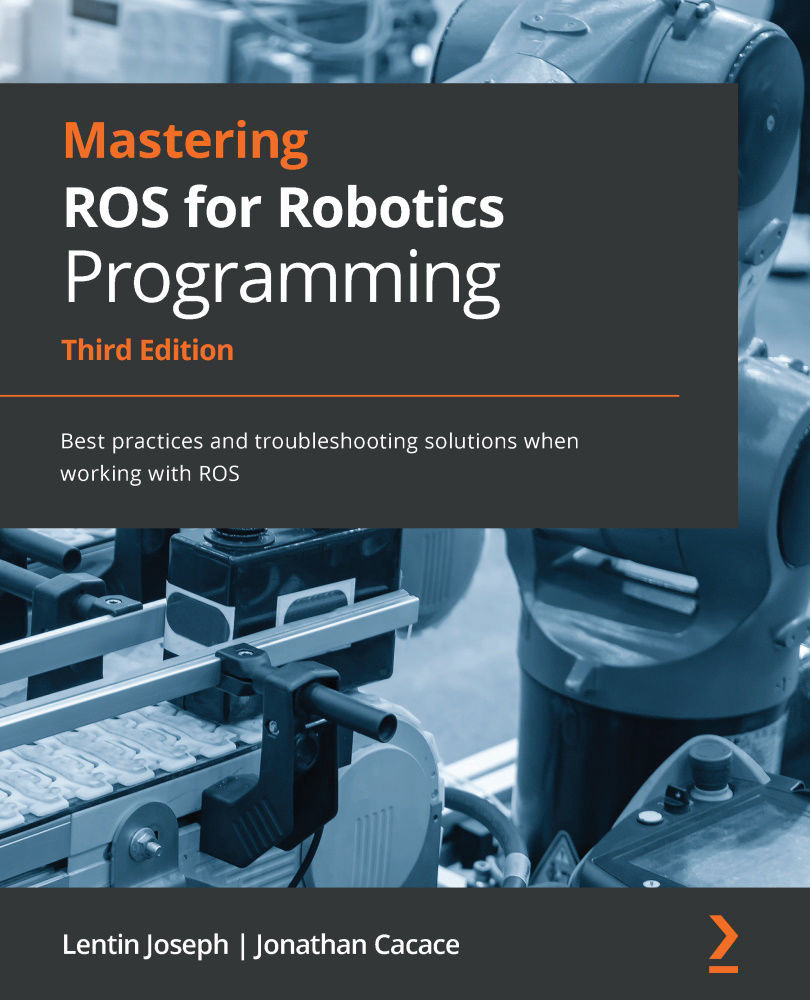Creating a ROS package
ROS packages are the basic units of ROS programs. We can create a ROS package, build it, and release it to the public. The current distribution of ROS we are using is Noetic Ninjemys. We are using the catkin build system to build ROS packages. A build system is responsible for generating targets (executable/libraries) from textual source code that can be used by end users. In older distributions, such as Electric and Fuerte, rosbuild was the build system. Because of the various flaws of rosbuild, catkin came into existence. This also allowed us to move the ROS compilation system closer to Cross Platform Make (CMake). This has a lot of advantages, such as porting the package to another OS, such as Windows. If an OS supports CMake and Python, catkin-based packages can be ported to it.
The first requirement for working with ROS packages is to create a ROS catkin workspace. After installing ROS, we can create and build a catkinworkspace called catkin_ws:
mkdir...


























































